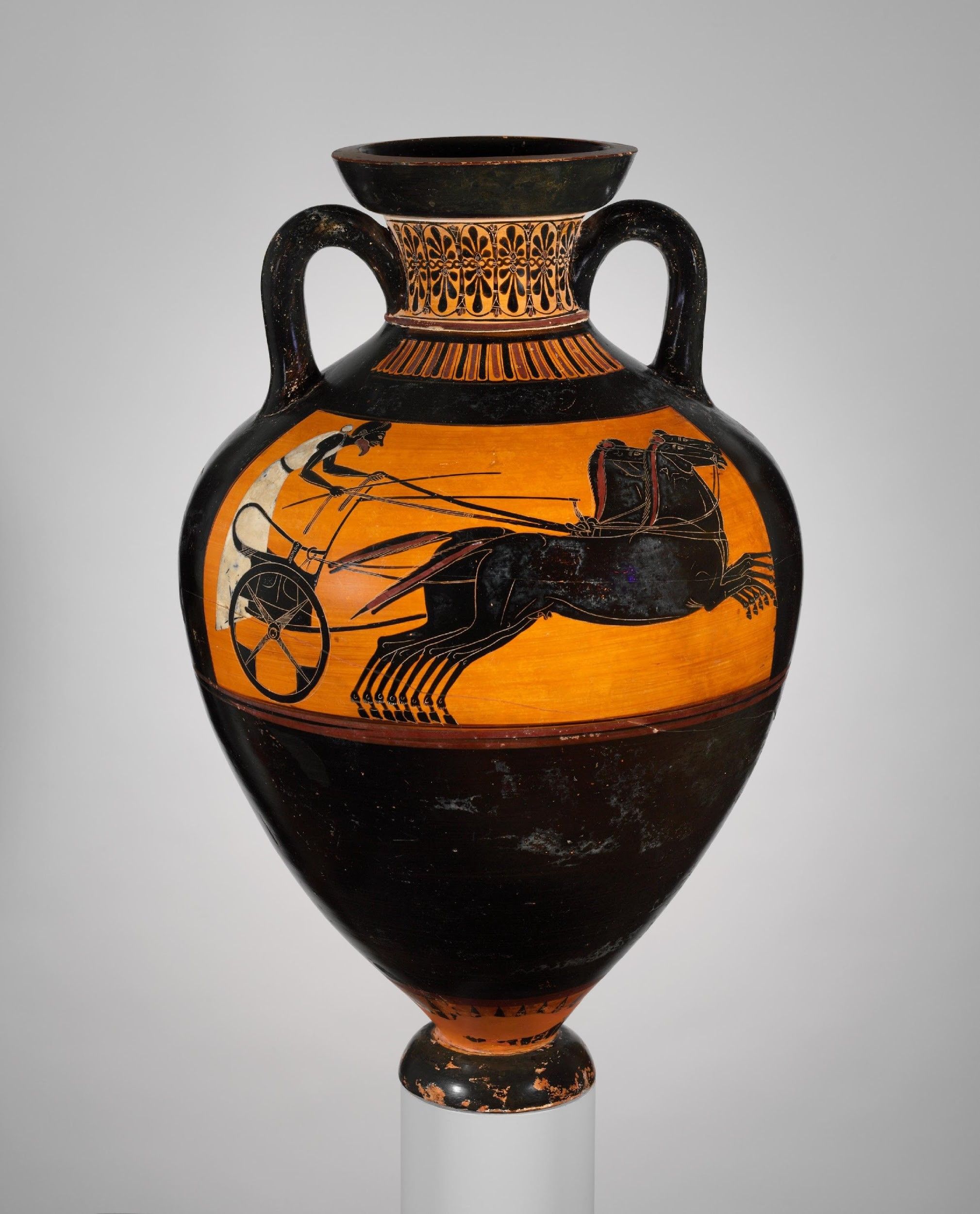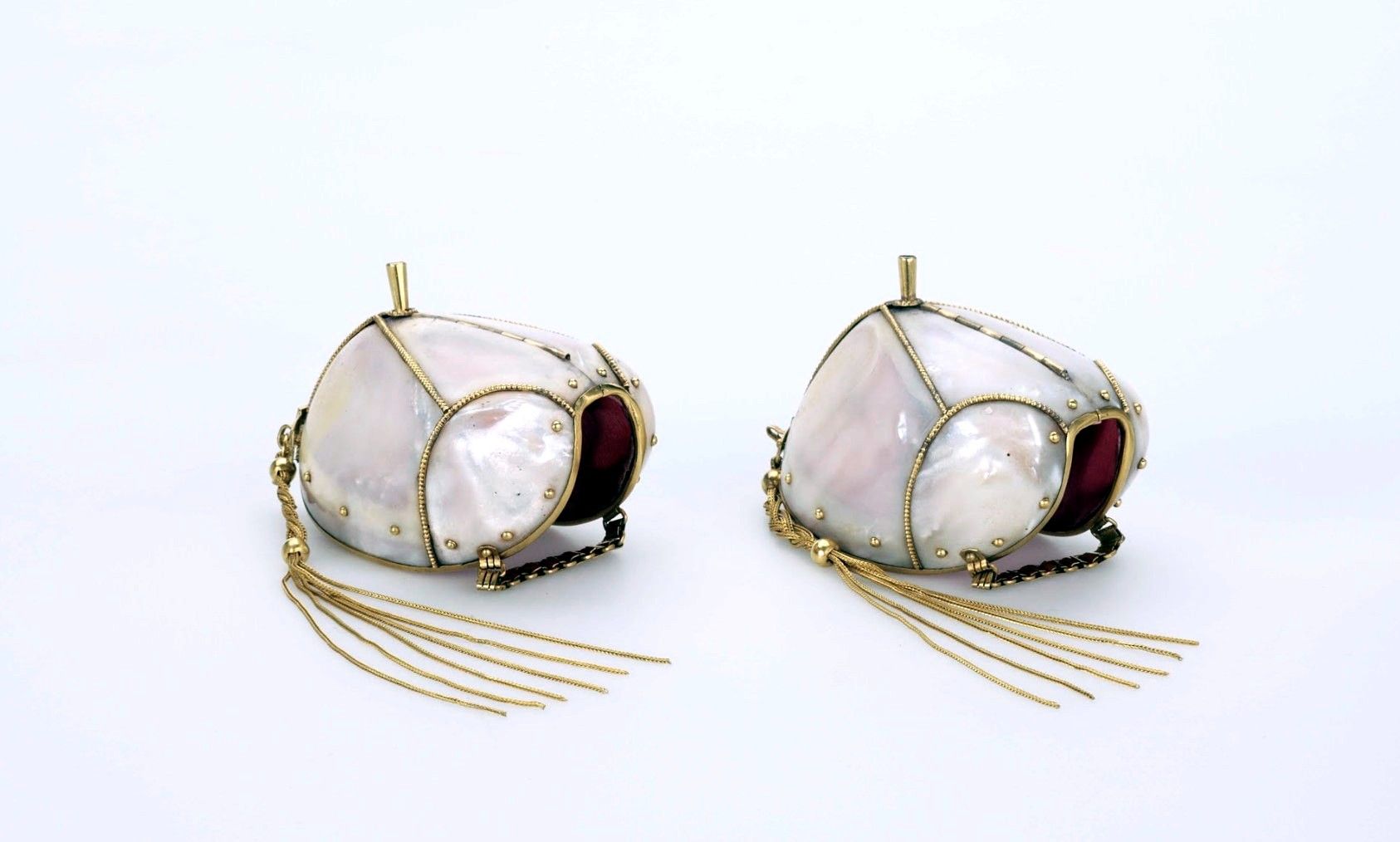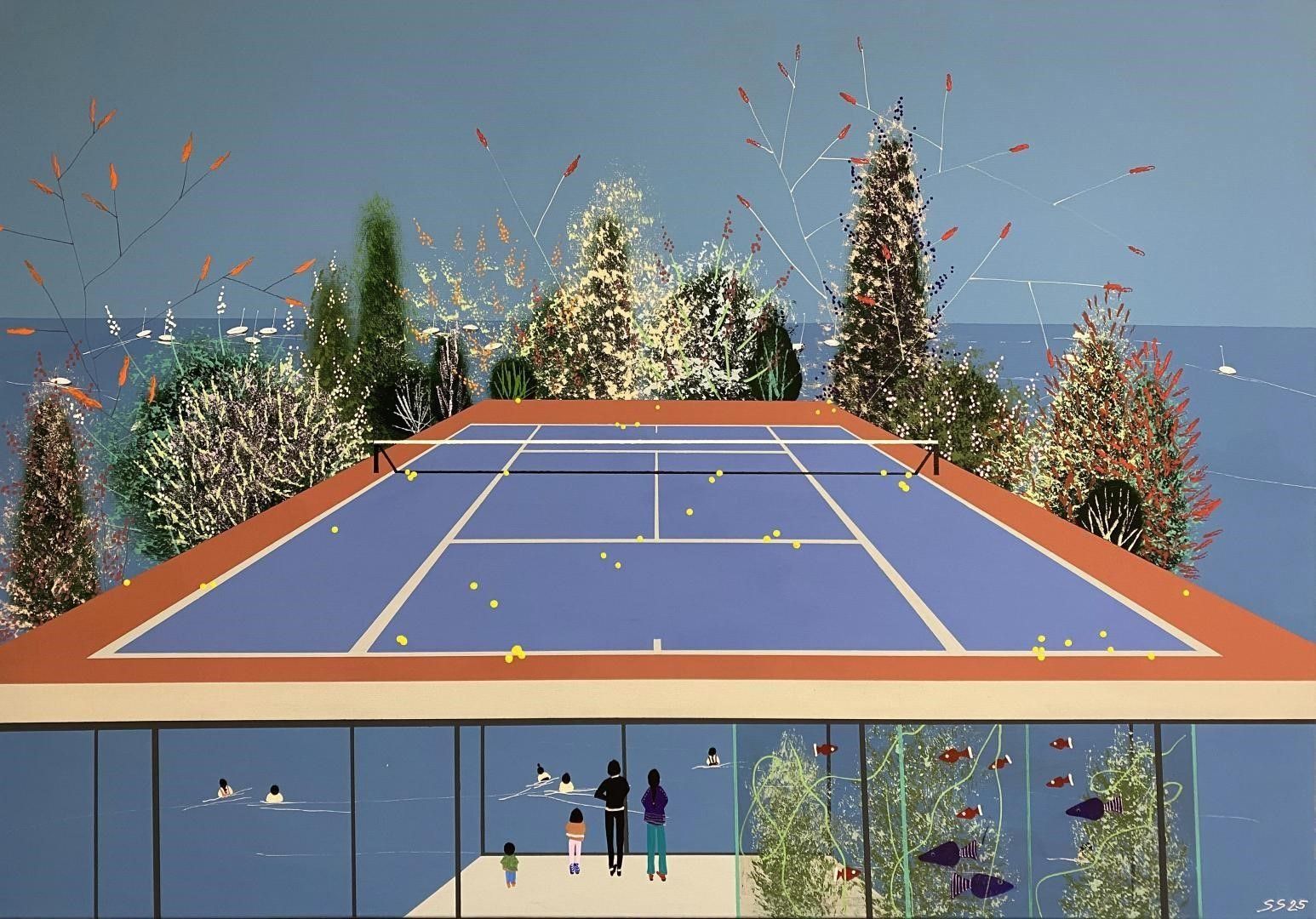The Tifo Phenomenon: When Stands Become Art
Before the Rome derby in 2020, Lazio fans unveiled a tifo related to the timeless art of the Italian sculptor and painter Michelangelo. Credit: Alamy Stock Photo.
Your eyes behold the art of Italian sculptor, architect, and poet Michelangelo created between 1508 and 1512. But this is not a sightseeing trip to Rome.
You are not standing in the Sistine Chapel, gazing up at its ceiling. You are not in a museum, and you are certainly not scrolling through a social media page filled with famous artworks.
You are in a football stadium in Madrid 2008, just before the kickoff in the famous derby between archrivals Real Madrid and Atlético Madrid. In the stands, Real Madrid’s hardcore fan group, known as Ultras Sur, decided to create their own version of Michelangelo’s masterpiece.
At the center, where the hands nearly touch, they’ve added a twist: the Real Madrid emblem, glowing with light. Below the image, they wrote the caption: “And He Performed the Miracle,” signifying that the universe revolved around their club, beginning with it and ending with it.
How did this painting make its way into a football stadium? When did these stadiums begin to transform into competitive art galleries between fans?
In 1968, the group Fossa dei Leoni (The Lion’s Den) was founded, a hardcore fan group of AC Milan and the first functional group of its kind in the world.
Italian journalist Pierluigi Spagnolo, in his book Ribelli degli Stadi: Una storia del movimento ultras italiano (Rebels of the Stands: A History of Italian Fandom), traces the emergence of The Lion’s Den and many other groups formed during the same period to the wave of student protests that swept through Italy in early 1968.
This connection is crucial to understanding the unique style of support these groups adopted. They weren’t just fanatics like the English “hooligans” of the time; their ideas and culture had deep political and intellectual roots. Naturally, this had a direct impact on the rise of large-scale supporter displays, or tifos, which began appearing in Italian stadiums in the late 1960s and early 1970s.
The relationship between politics and sport in Italy is deeply intertwined. Football clubs are often viewed through an ideological lens.
AC Milan, for example, is traditionally seen as the club of the working class, originally tied to railway workers. Inter Milan, by contrast, has long been associated with the middle class of Milan and its surrounding suburbs.
In the central-northern region of Emilia, Bologna supporters are typically linked to the political left, while Hellas Verona is known for its association with the conservative currents of the Veneto region.
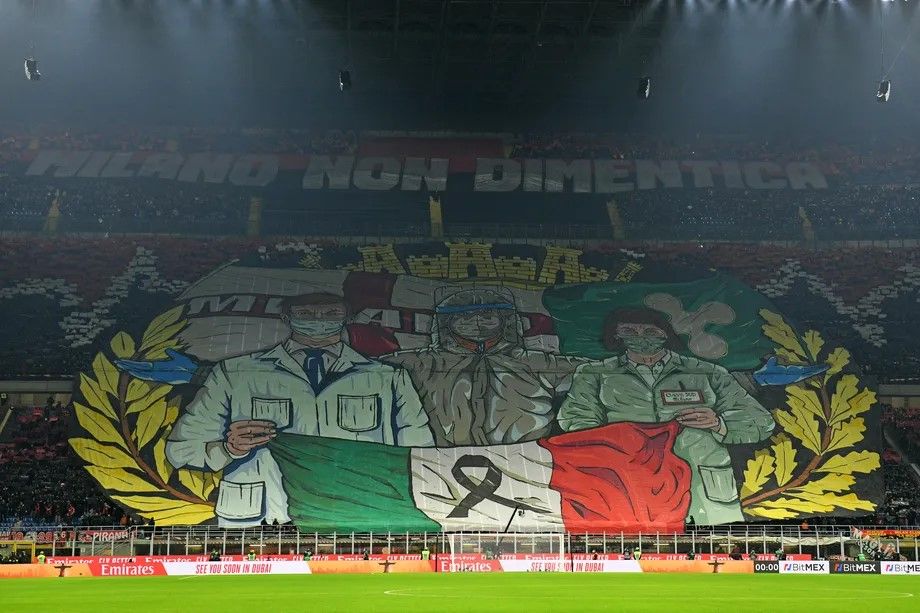
Before the 2021 derby against Inter, AC Milan fans unveiled a tifo honoring the parts of society that endured struggles during the COVID-19 pandemic. Credit: Jonathan Moscrop / Sportimage.
The political roots of Italian football made the rise of art in stadium stands almost inevitable. What began as angry slogans and crude flags aimed at rivals or referees evolved into a powerful form of expression, one that reflects the deep love fans have for their clubs.
The stands became arenas of intense sporting rivalry, often far from noble, where political leanings are ever-present, even when expressed through artistic and aesthetic displays.
Today, five decades after the rise of organized supporter groups, football stands in Italy, and across the world, have become vibrant stages for visual art, from enormous canvas banners to intricate mosaic-style paper displays.
In Rome, Michelangelo’s art made another appearance in 2020, this time reimagined by Lazio supporters in a striking visual style. Roma fans, too, have a long-standing tradition of artistic expression in the stands.
One memorable example dates to 1995, when they unveiled a massive banner portraying the city’s most iconic landmarks, accompanied by the words: “How beautiful you are, Rome!”
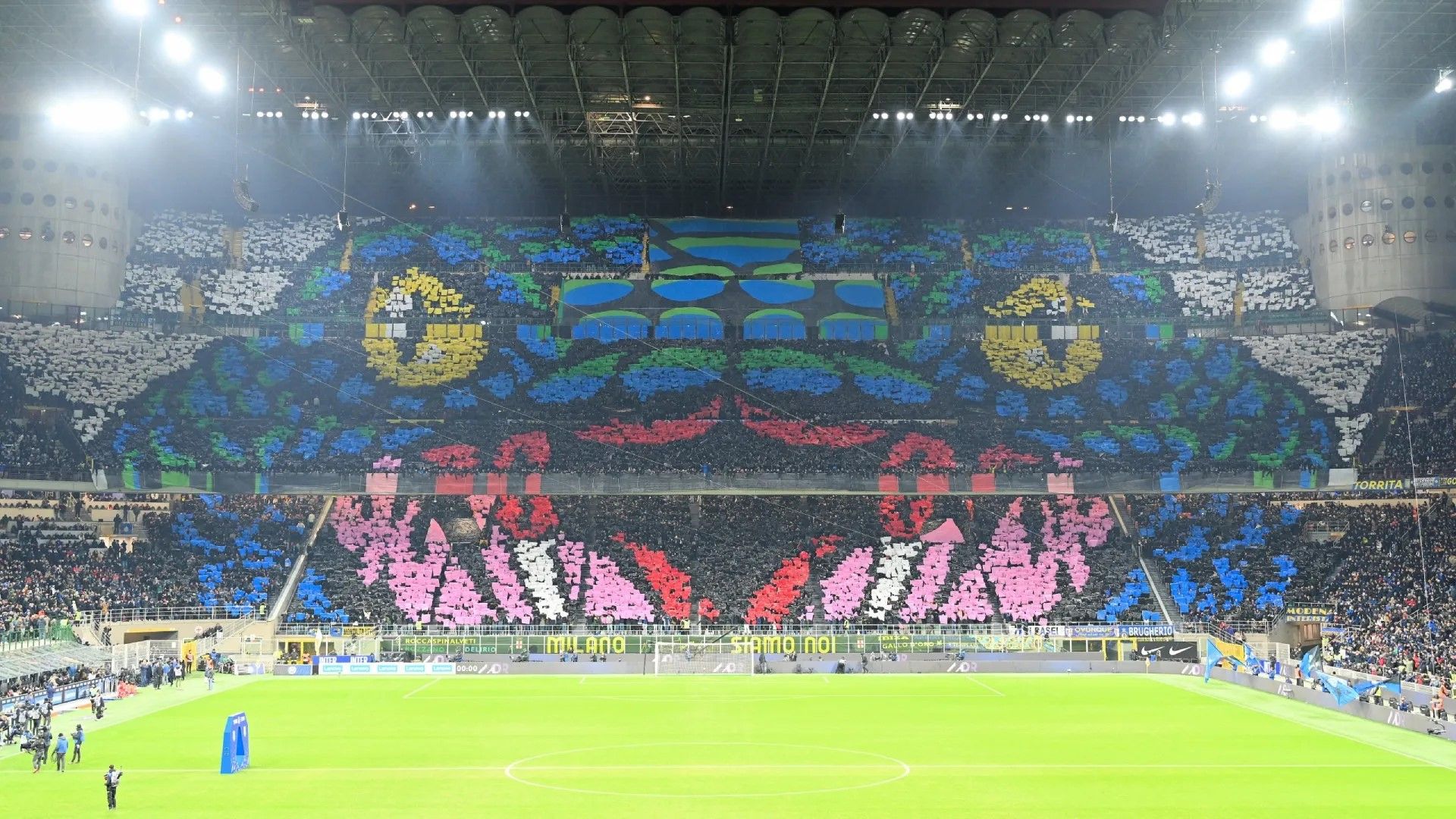
Before the Milan derby in February 2023, Inter fans unveiled a tifo showing a mosaic-style image of a snake’s face, the club’s iconic symbol. Credit: Nicolò Campo/Alamy Live News.
In 1986, supporters of Al-Taawoun Club unveiled the first documented tifo in Saudi Arabia, and in the Arab World, during the opening of the Prince of Al-Qassim Region Abdulilah bin Abdulaziz friendly tournament.
Made from foam boards, the tifo formed a large panel featuring Al-Qassim’s most iconic landmarks, alongside the phrase: “Al-Qassim Welcomes You.”
Tifo culture quickly spread among Arab football fans, especially with the rise of ultras groups, most notably in Egypt, Morocco, and Tunisia. With the turn of the millennium, North African stadiums began to shine with elaborate tifo displays at every major match.
The Cairo derby between Al Ahly and Zamalek, the Casablanca derby between Raja and Wydad, and the clubs of Tunisia’s capital became pioneers in designing and executing breathtaking tifos.
These fan groups soon began competing on a global level, often outdoing themselves with each new creation. In Saudi Arabia, tifo culture reemerged in a modern form in Jeddah, led by the passionate supporters of Al-Ahli and Al-Ittihad.
The fierce rivalry between these two fanbases sparked rapid artistic innovation, turning King Abdullah Sports City, nicknamed the “Shining Jewel”, into a regional and global spectacle during major matches.
Soon after, fans of Al-Nassr and Al-Hilal joined the movement, especially as their clubs began attracting some of the world’s top players and drawing international attention.
The art of tifo has become a defining element in the world of football and beyond, a rich visual language that captures the collective emotion of thousands.
It transforms stadium stands into grand stages of expression, where passion, identity, and allegiance converge. With symbols and metaphors drawn from history, culture, and everyday life, powerful messages emerge that are bold, emotional and unmistakable.
In the moment of display, the crowd becomes a single, unified body. The stands pulse with energy and meaning, turning each tifo into a shared emotional experience. This unique art form is where creativity, coordination, and deep fan devotion meet.
It’s a testament to how people, driven by enthusiasm and pride, come together to craft visual masterpieces that speak for them all.
